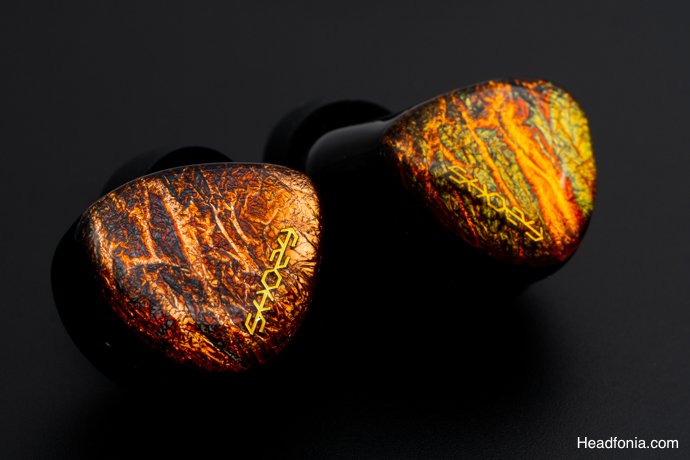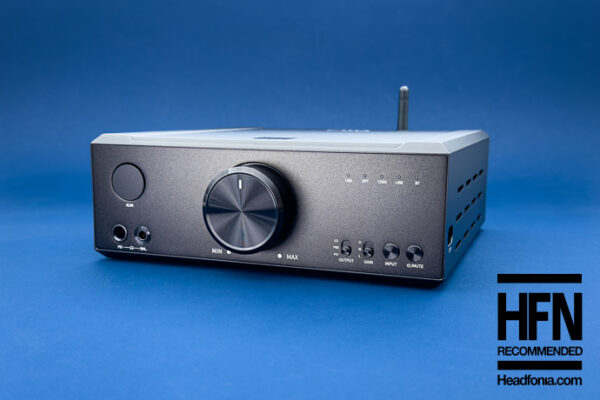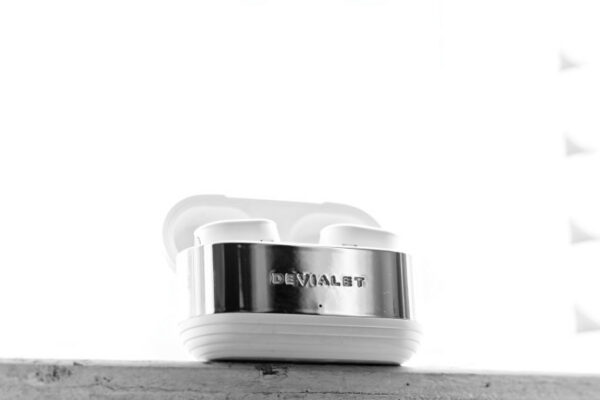Shozy Magma In-Ear Monitors – Sound
In this paragraph, I will describe the sound of Magma. I used Chord Mojo 2, K9 Pro ESS, Moondrop Dawn, Topping E30ii/L30ii, DX5, and FiiO M11 Plus ESS to test the Magma.
The Magma has an interesting tuning for a tribrid. It feels pretty balanced up to treble where things get kind of polite with the high extension. The Magma does not feel like lacking, and that is the beauty of it because it is a very capable monitor with a brilliant technical foundation. You may be wondering why and we’ll get to that in a second.
The Magma uses three different types of drivers and frankly, I like how Shozy tunes their IEMs, they have unique flavors but they also follow the basic guidelines of “how an IEM can sound great” book. The Magma is no different, it shows good balance throughout the frequency spectrum and it has an airy, relaxed presentation and carries a good amount of detail. Let’s take a closer look.
Bass
The Magma offers a fast, agile bass reproduction. The bass is textured, balanced, and able to reach lower when the track asks for it. Tonally, it feels like a balanced armature on steroids, which is a good thing because many dynamic drivers feel sluggish inside hybrid configurations, having trouble keeping up with the rest of the drivers. I really like the low reproduction of Shozy’s 9.2mm custom DD, it has no trouble reproducing detailed bass even during complex twin pedal passages. Switching to EDM genre, the bass’ rumble and impact is impressive, the driver is quite adaptive to genres and we see that tendency to adapt to genres with the rest of the configuration as well, which makes the Magma a great all-rounder for the price.
Midrange
As I mentioned before, the Magma has an airy and spacious presentation but it does not feel disjointed at all. The Magma’s midrange is balanced and articulate. The IEMs project the stage slightly away from the listener/center compared to similarly priced IEMs on the market. This allows you to more clearly perceive the positioning of all the instruments on the stage. The mids of the Magma sound detailed and articulate with an adequate note weight. One critical thing to pay attention to here is that the mids are not laid-back at all. Shozy’s big BA does a great job of reproducing the sound of mid-based instruments and vocals while staying coherent to the rest of the config. The upper midrange is energetic, controlled, and has good extension.
Treble
The treble is where things get somewhat tricky. Compared to traditional multi-BA monitors, the treble can be labeled as “balanced” but after listening to many tribrids that utilize ESTs, I expected a bit more extension towards the top octave. The presence of the treble in the presentation does not feel laid-back but in comparison, the upper midrange’s emphasis is greater. The extension of the treble is only good compared to the excellent upper midrange, and I believe, that the tuning decision ultimately made the Magma a better candidate for people that are treble sensitive but still want to hear the tonality of the EST drivers. I must say that it is well done and with the right pairing, you get a very detailed and open treble reproduction. I recommend neutral-sounding DAC & AMPs to get to most out of the Magma. I’ve had a quite delightful time pairing the Magma with the Topping DX5 and E30ii – L30ii stack.
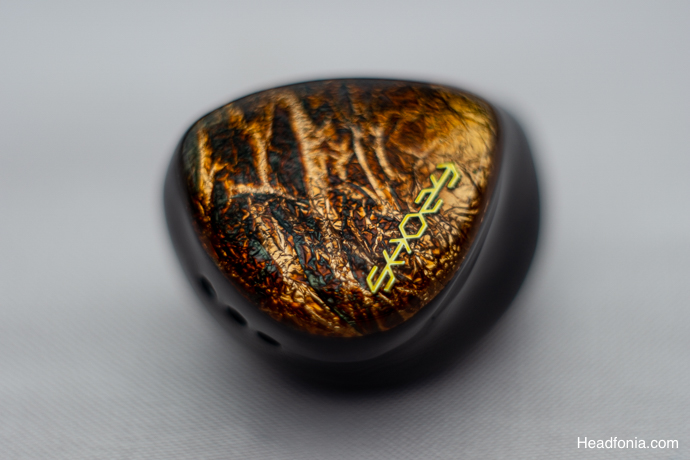
Technical Capability
The Magma’s most impressive trait is its technical prowess. Three different types of drivers work harmoniously and coherently to present you with a stage that is wide, deep, and spacious compared to its rivals. There is ample space between the instruments and tracking individual instruments is effortless. The imaging is very good. The control of the Magma over the frequency bands is impressive, it does not feel like it is struggling to handle congestion. Complex passages with multiple instruments and multiple vocals feel like an easy task for the Magma and I believe this is praise-worthy. It offers a superior sense of separation compared to traditional monitors. As you’d guess from this paragraph, the PRaT is very impressive. I can switch between fundamentally different genres and the Magma doesn’t seem to mind at all.
Comparisons
vs. Yanyin Canon ($349 USD)
Yanyin is a new manufacturer that recently emerged into the audio sphere with some interesting earphones. The Canon is their entry to mid-tier offering that features a customizable SQ via switches on the shell. The Canon has a hybrid configuration and features 4BA and 1 Dynamic Driver per side. Compared to the Elixir, the Canon is a worthy rival with a very clean and energetic presentation, impactful bass, and an overall resolving signature.
The Canon’s soundstage is slightly narrow in comparison and the Magma positions the stage further away from the listener. Technical-wise they both have great imaging and instrument positioning. The Canon has a better treble extension and slightly more impactful bass, in its default setting, especially sub-wise. The Magma feels bolder, more rounder in comparison. It also has a slightly thicker note weight, especially in the midrange. The Canon’s review will be up soon on Headfonia so stay tuned!
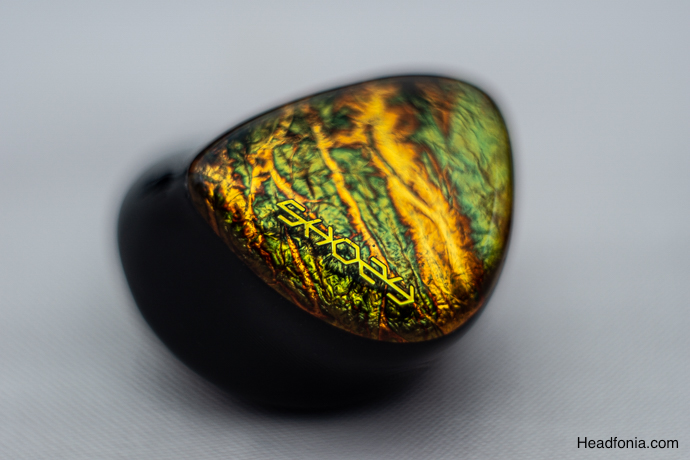
vs. Moondrop Variations ($520 USD)
Moondrop’s tribrid, Variations is another very good IEM. The Variations feature 1DD+2BA+2EST drivers on each side and comes with a complete package. The accessories include a brilliant cable, replacement filters, and a great set of tips along with a chic carrying case. It also features a unique, frosted shell design that we haven’t seen many examples of. Sound-wise, Variations’ strong suit is its expansive stage and spacious presentation.
Compared to the Magma, it offers an even wider stage, with more space and air for the instruments on the stage. It sounds slightly more balanced with slightly better treble extension. PRaT-wise, Variations do not feel as fast as the Magma. Variations’ low reproduction feels slower and PRaT-wise Magma sounds slightly faster with snappier attack & decay. The Variations take the lead when it comes to genres like Jazz, especially when the number of instruments is limited. It does a great job of presenting the full range with no peaks or dips, so for monitoring purposes, the Variations is a better candidate than the Magma.
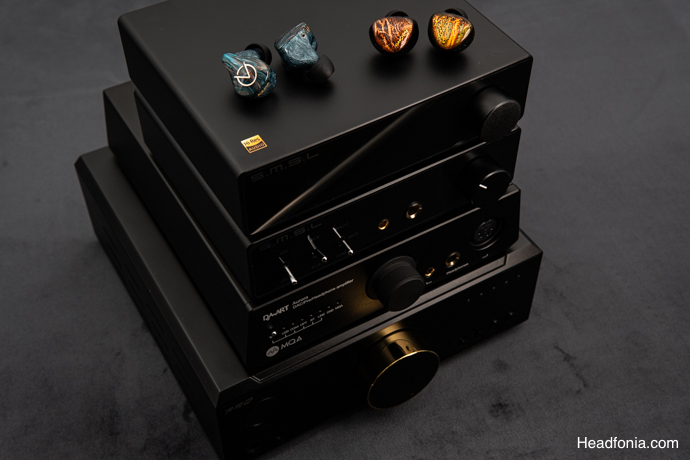
“What could be a definite upgrade to the Magma?” you may ask. I’d go all-in on the Monarch MKII, but the price difference is significant. The Monarch MKII comes at a 999-dollar premium but offers solid, TOTL-level performance in exchange. You get a near-perfect balance across the freq. spectrum and a solid technical foundation to back that up. You can read the review through this link.
Last Words
Shozy’s craftsmanship yet again manages to impress us. The Magma looks and feels amazing with its volcanic faceplates, all-acrylic unibody shell, and 3-bore nozzles. It is a fantastic all-rounder for people who want to get a taste of the tribrid design. Pair it with an equally capable source and you will have a great time with the Magma.
Page 1: Shozy, Magma, Packaging & Accessories, Design, Build & Fit
Page 2: Sound, Low, Mid, High, Technical Capability, Comparisons, Last Words





